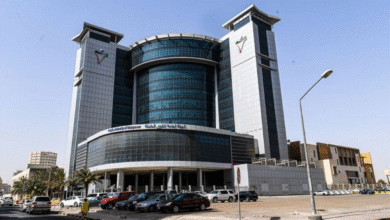
The death toll from Typhoon Kalmagui in the central Philippines has risen to over 100, as the full scale of the devastation in Cebu province becomes clearer following the region’s worst flooding in decades.
Torrential rains submerged vast areas of the province, sweeping away vehicles, riverside homes, and even massive shipping containers, leaving behind widespread destruction and chaos.

Cebu provincial spokesman Ron Ramos told AFP that 35 bodies were recovered from flooded areas in Leiluan township, near the capital Cebu City, bringing the total number of fatalities in Cebu alone to 76.
Emergency responders continue to search through debris and floodwaters for survivors, as rescue operations face significant challenges due to damaged infrastructure and power outages.
On the neighboring island of Negros, at least 12 people were confirmed dead and another 12 remain missing after heavy rains triggered a torrent of volcanic mud from Mount Kanlaon, burying several homes in the city of Kanlaon.

Police Lieutenant Stephen Polinar reported that recovery efforts are ongoing, but rescuers are struggling to reach affected areas due to landslides and washed-out roads.
Authorities described the floods as “unprecedented,” noting that many residents were caught off guard by the speed and force of the rising waters.

Local officials have appealed for urgent assistance, including food, clean water, and temporary shelter for thousands of displaced families. The Philippine government has deployed military units and disaster response teams to assist with rescue and relief efforts across the central region.
As floodwaters begin to recede, officials warn that the death toll could rise further in the coming days, with dozens still unaccounted for.

Typhoon Kalmagui, which brought record rainfall to the Visayas region, has been described as one of the most destructive storms to hit the Philippines in recent years, raising renewed concerns about climate resilience and disaster preparedness in the archipelago.












